Disclosure: This post contains affiliate links, including Amazon Affiliate Associate links, through which I earn from qualifying purchases at no extra cost to you. I only recommend products I genuinely believe in. Visit my Privacy Policy page for more information.
Why internal linking is important for ecommerce SEO? That’s the big question for any online shop owner. Having a strong online presence is essential for success. Implementing an effective internal linking strategy is crucial to improving your visibility and driving organic traffic to your website.
Internal links play a significant role in enhancing your site’s SEO performance, improving the user experience, and signalling to search engines the importance and relevance of your pages.
This article will explore internal linking and why it is important for ecommerce SEO and provide you with actionable strategies to audit internal links and leverage their benefits.

Understanding Internal Linking
Internal linking refers to connecting one page on your website to another within the same domain. These links enable users to navigate your site and discover related content effortlessly.
From an SEO perspective, internal linking helps search engine crawlers discover and index your pages, understand your site’s hierarchy and structure, and determine each page’s relevance and importance.
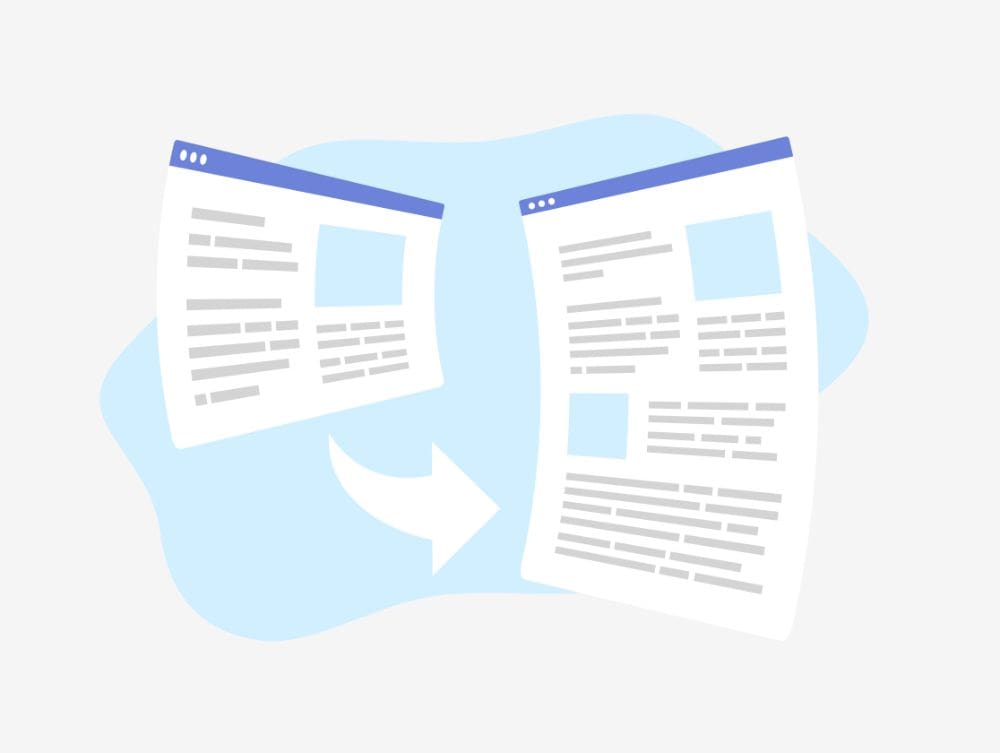
The Role of Internal Linking in SEO
Spreading Link Equity
One of the primary benefits of internal linking is the ability to spread link equity, also known as link juice, throughout your website.
Link equity represents the authority and value passed from one page to another through hyperlinks.
When you link from a high-authority page to other pages on your site, you distribute that authority and signal to search engines the importance of those linked pages.
By strategically linking target pages to your most important category and product pages, you can enhance their visibility and improve their chances of ranking higher in search engine results.
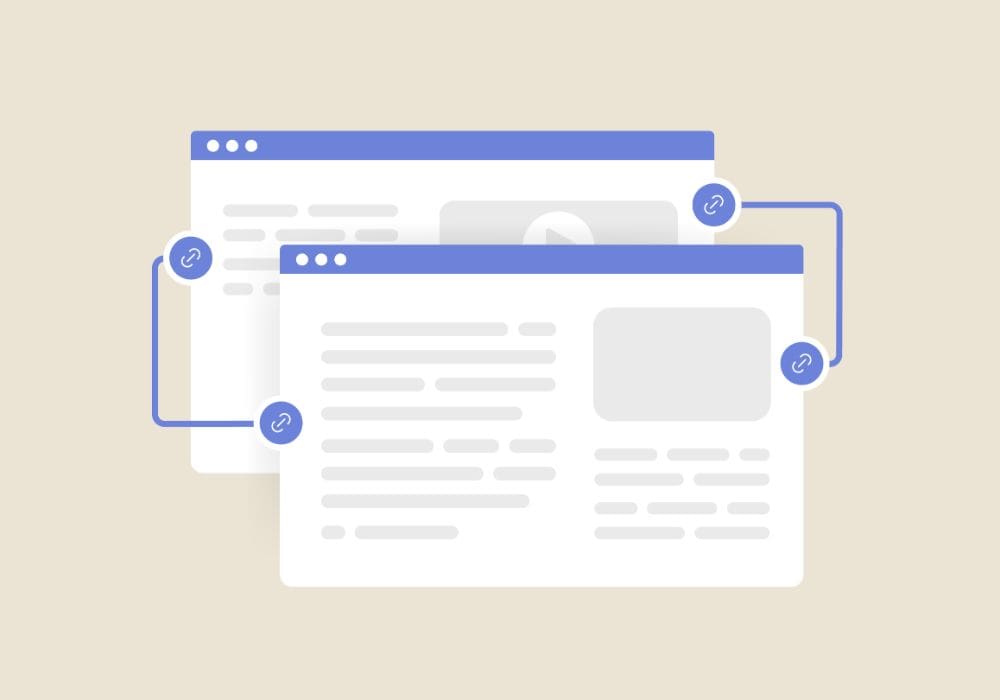
Improving Site Structure and Crawling
Internal links play a crucial role in defining the structure and hierarchy of your website.
They create a network of interconnected pages, allowing search engine crawlers to navigate your site efficiently and discover your content.
By providing clear paths for crawlers to follow, you ensure that all of your pages are indexed and accessible to both Google and users.
Additionally, a well-structured internal linking system helps optimise the crawl budget, ensuring that search engine bots focus on your most valuable pages.
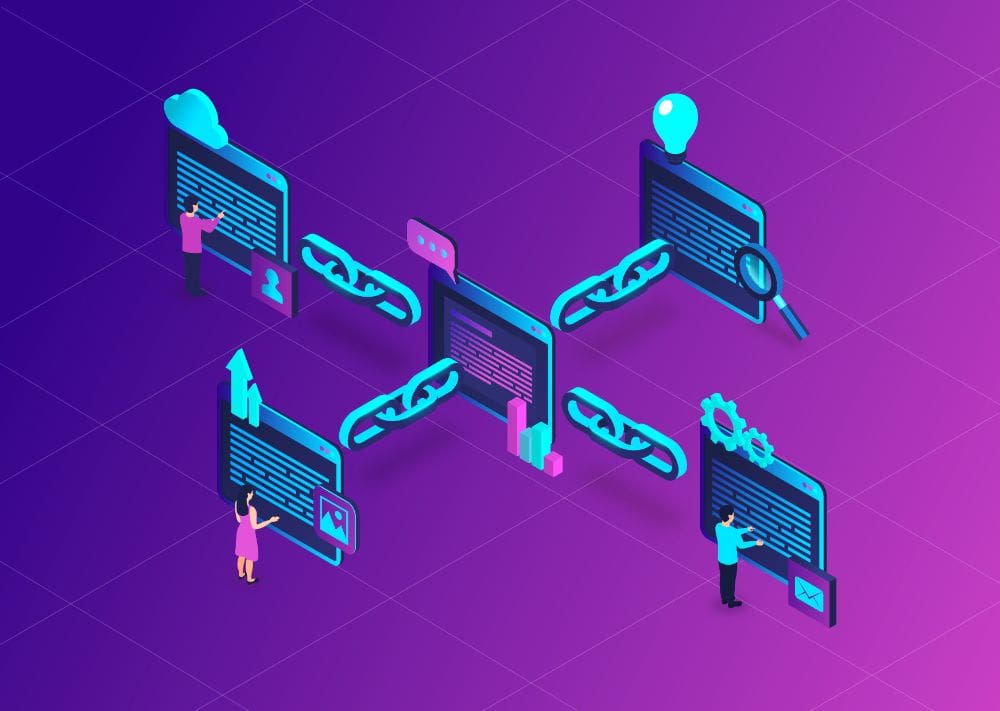
Enhancing User Experience
Internal links benefit search engines and improve the overall user experience on your website. By guiding users to relevant and related content, you can keep them engaged and encourage them to explore more pages of your site.
Internal links provide context and additional information, allowing users to find answers to their questions and discover products or services that meet their needs.
When users can navigate your site easily and find what they’re looking for, they are more likely to stay longer, convert, and become repeat customers.

Types of Internal Links
Two main types of internal links exist in-content and navigation.
In-Content Linking
In-content linking involves placing internal links naturally within the body of your content. These links can direct users to other relevant articles, product pages, or resources within your website.
In-content links help search engines and users understand the purpose and context of a page by providing additional information and supporting content.
They contribute to your website’s overall value and relevancy and improve the flow of link equity throughout your site.
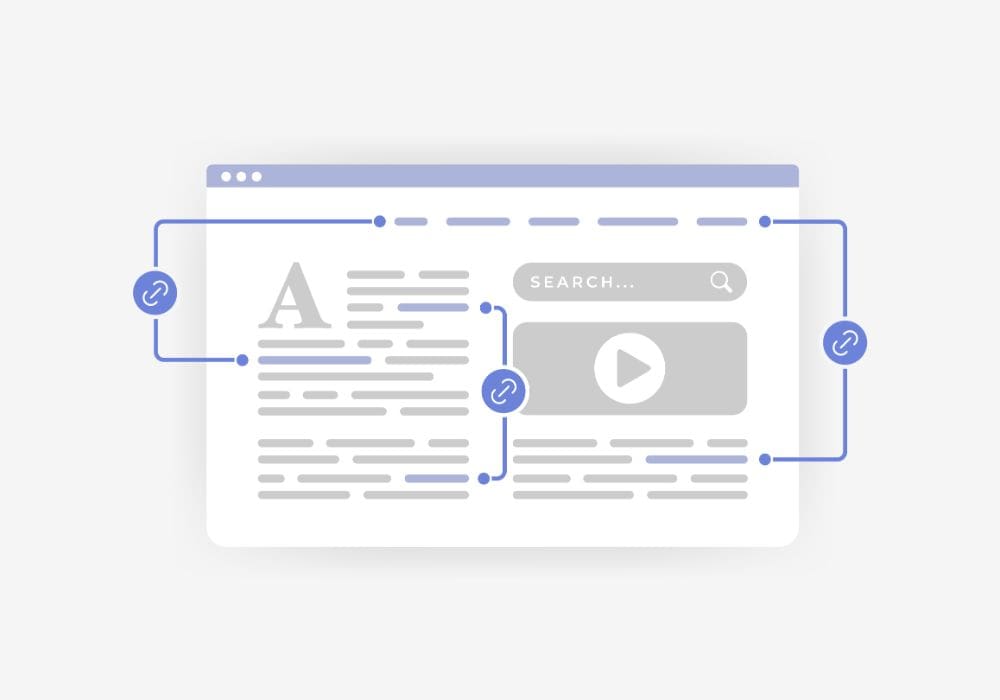
Navigation Linking
Navigation linking refers to links in your website’s navigation menu, footer, sidebar, or any other prominent areas that facilitate site navigation.
These links guide users and search engine crawlers through your site’s structure.
Navigation links help users easily access important pages, such as category pages, product pages, or the homepage.
They improve the overall user experience and ensure all pages are accessible within a few clicks.
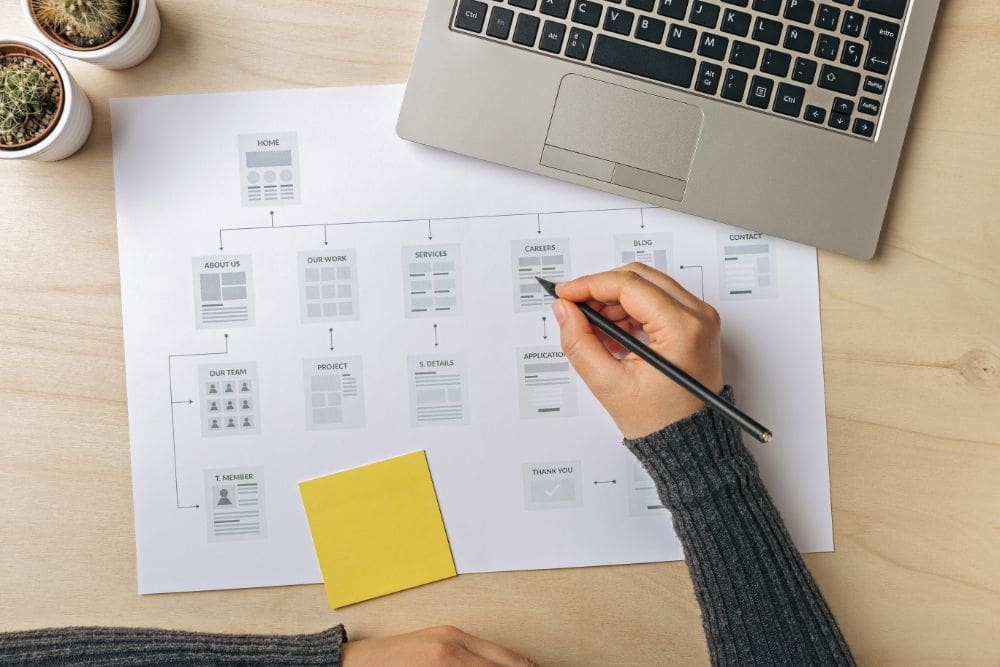
Best Practices for Effective Internal Linking
To make the most of internal linking to your own ecommerce site or website, consider implementing the following best practices:
1. Prioritise Your Pages
Start by identifying the most important pages on your website, such as high-revenue products, best-selling items, or critical product categories. These pages should receive priority when it comes to internal linking.
Linking from these high-authority pages to other relevant pages can help spread link equity and improve the visibility and ranking of those linked pages.
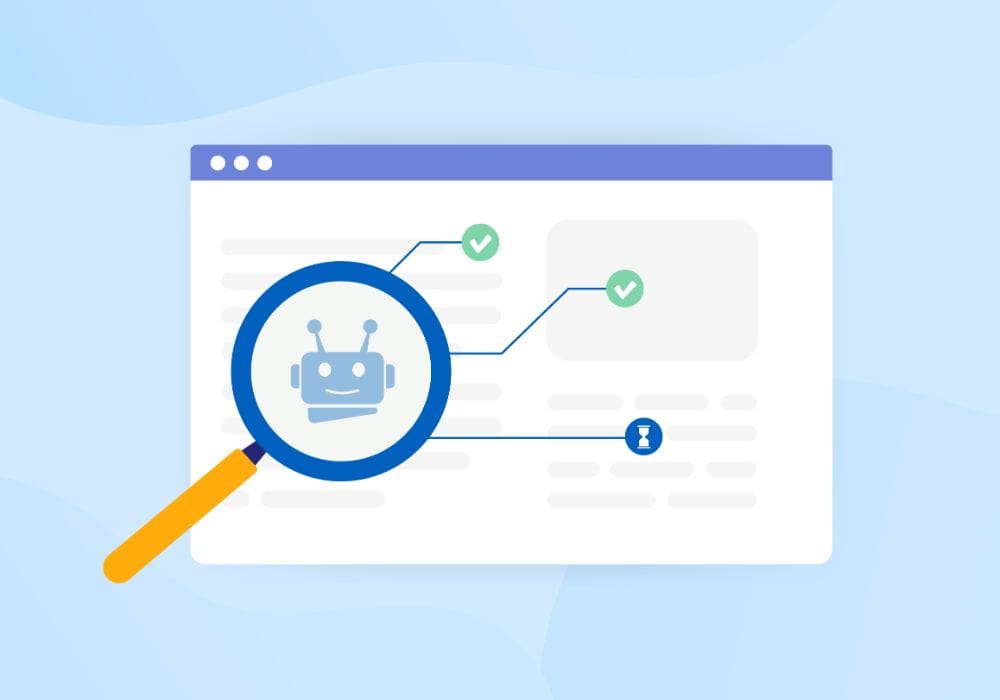
2. Choose Your First Link Wisely
The first link to a specific page on your website carries more weight regarding link equity distribution.
Therefore, when multiple internal links point to the same page, ensure the first link is from a high-authority page.
By strategically placing the first link, you can maximise the impact of link equity distribution.

3. Use Descriptive Anchor Text
Anchor text is the clickable text within a hyperlink. Use descriptive and relevant anchor text that accurately reflects the linked page’s content.
This helps search engines understand the context and relevance of the linked page and improves the overall user experience.
Avoid generic anchor text like “click here” and use specific keywords or phrases that accurately describe the linked site pages’ content.

4. Link to and from Top-Performing Pages
Identify your top-performing pages based on organic traffic, conversions, and revenue metrics.
Linking from these high-performing pages to other relevant pages can help spread link equity and improve the visibility of those linked pages.
Additionally, consider linking back to these top-performing pages from other relevant pages, reinforcing their importance and authority.
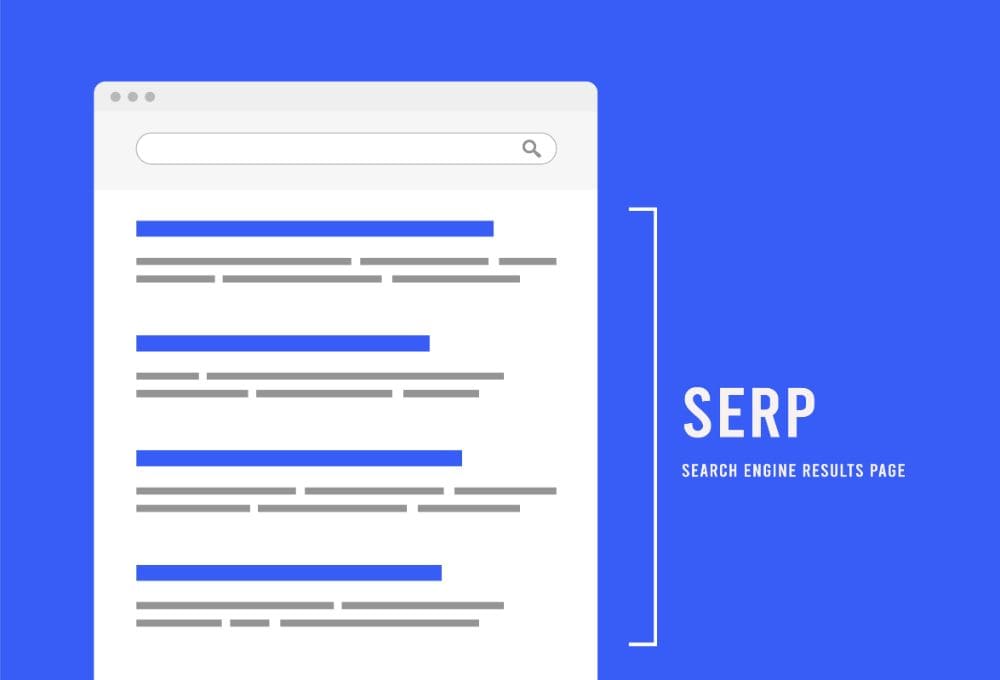
5. Avoid Over linking
While internal linking is crucial, avoiding over linking within your content is important.
Too many internal links can dilute the impact of each link and make your content appear Spammy. Aim for a reasonable number of internal links that enhance the user experience and provide additional value without overwhelming the reader.

6. Utilise HTML Sitemaps
HTML sitemaps provide an organised and user-friendly way for search engines and users to navigate your website.
Include a well-designed HTML sitemap that showcases your main categories and subcategories.
This helps search engines discover and index your website’s category pages while improving the user experience by providing a clear overview of your site category page’s structure.

7. Remove Poor Links
Regularly audit your internal links and identify any poor or low-quality links. These may include broken links, outdated content, or pages with low-performance metrics.
Removing these poor links helps maintain a clean internal linking structure and ensures that each remaining link carries more value and relevance.

8. Link to Hard-to-Reach Pages
Consider linking to pages that may be harder to access through the main navigation menu but are still valuable and relevant to your content.
These could be specific product pages, so add internal and external links, landing pages, or articles that provide additional information or support the topic.
Linking to these hard-to-reach pages improves visibility and allows users to discover relevant content.
An automated internal linking tool can help you with your internal links and ensure you reach all your content. See our post.
Best WordPress Plugin for Internal Linking 5 Superb Solutions to Elevate Your Website

9. Keep User Experience in Mind
Always prioritise user experience when implementing internal links. Ensure that each link provides value and relevance to the user.
Links should be placed contextually within your content, guiding users to related and helpful resources.
By considering the user’s perspective, you can create a seamless and enjoyable browsing experience that encourages users to stay on your website.

10. Don’t Force Internal Links
Avoid adding internal links for the sake of it. Each internal link should be purposeful and add value to the user experience.
Only include internal links pointing directly to the content and providing relevant and valuable information or resources.
Forcing internal links that are not genuinely helpful can lead to a negative user experience and diminish the effectiveness of your internal linking strategy.
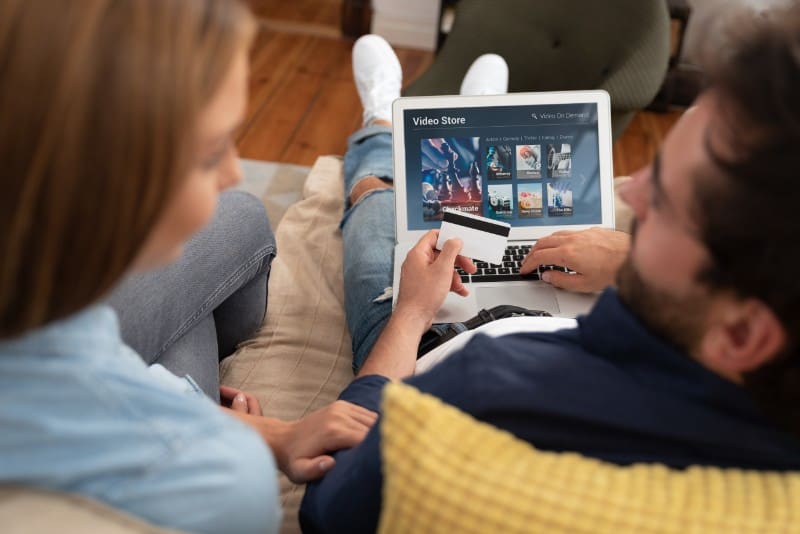
Why Internal Linking is Crucial for E-commerce SEO: Your Questions Answered
Hey there, savvy e-commerce owner! Have you ever wondered how to make your site look good and perform well in search results?
Well, you’re in the right place. Let’s dive into the nitty-gritty of internal linking and why it’s a game-changer for your e-commerce SEO.
What are the Internal Linking Best Practices?
First off, think of your website as a city and internal links as the roads connecting different neighbourhoods.
You want to ensure these roads are well-paved and easy to navigate, right? So, here’s the deal:
Key Internal Links: Make sure your most important pages are easily accessible.
Text Links: Use descriptive text for your links rather than generic phrases like “click here.”
Deep Links: Internal link to pages besides your homepage or Contact Us page.
Fewer Links: Don’t go overboard. Too many links can confuse both users and search engines.
What is an e-commerce internal linking example?
Imagine your online shop selling vintage clothes.
You’ve got a blog post about the ’70s fashion trends.
Why not link directly from that post to the flared jeans’ product page? That’s internal linking done right, my friend!
Are Internal Links Risky to Do?
Nope, not at all! Internal links are like friendly neighbours who help you find your way when lost.
They’re not risky, but they need to be done thoughtfully.
Just don’t over-optimize anchor text or add links where they don’t make sense. Keep it natural, and you’re golden.
Do You Need to Be Careful of Internal Anchor Text?
Ah, the anchor text, the clickable words in a hyperlink. You don’t want to over-optimize here.
If every link saying “vintage clothes” goes to the same page, it looks Spammy.
Mix it up a bit. Use synonyms or related phrases. Got it?
Does Linking Out Affect My SEO Negatively?
Good question! Linking out, especially to high-authority sites, can help your SEO. It’s like citing sources in an essay; it adds credibility to your content.
Just make sure all the links to external links connect to relevant content and are not just there for the sake of linking.
Bonus Questions:
How Do Internal and External Links Help Search Engines?
Internal links act like signposts, helping search engines understand the structure and importance of pages on your site.
So, yes, you’re helping your visitors and giving search engines a tour of your e-commerce Site.
What’s the Big No-No in Internal Linking?
If all the links from every anchor text lead to your homepage. It’s like having all the roads in a city lead to a single location. Confusing, right?
How Often Should I Audit Internal Links?
Regular audits are your best friend. They help you spot broken links or orphan pages that could harm your site’s SEO.
Think of it as a health check-up but on your website.
Conclusion
In conclusion, internal linking plays a vital role in e-commerce SEO. By implementing an effective internal linking strategy, you can spread link equity, improve site structure and crawling, and enhance the overall user experience on your website. Remember to prioritise your pages, choose descriptive anchor text, and avoid over-linking.
Utilise HTML sitemaps, remove poor links, and link to hard-to-reach pages. Always keep the user in mind and avoid forcing internal and external links.
By following these best practices, you can leverage the power of internal linking and boost your e-commerce website’s visibility, organic traffic, and, ultimately, your revenue.
Now that you understand the importance of internal linking for your Commerce websites and SEO, it’s time to implement these strategies.
Start optimising your internal linking structure and watch as your website climbs the search engine rankings, attracts more organic traffic, and drives higher conversions.
Further reading on links and Link-Building
17 Tips for Link Building For SEO
Happy linking!








